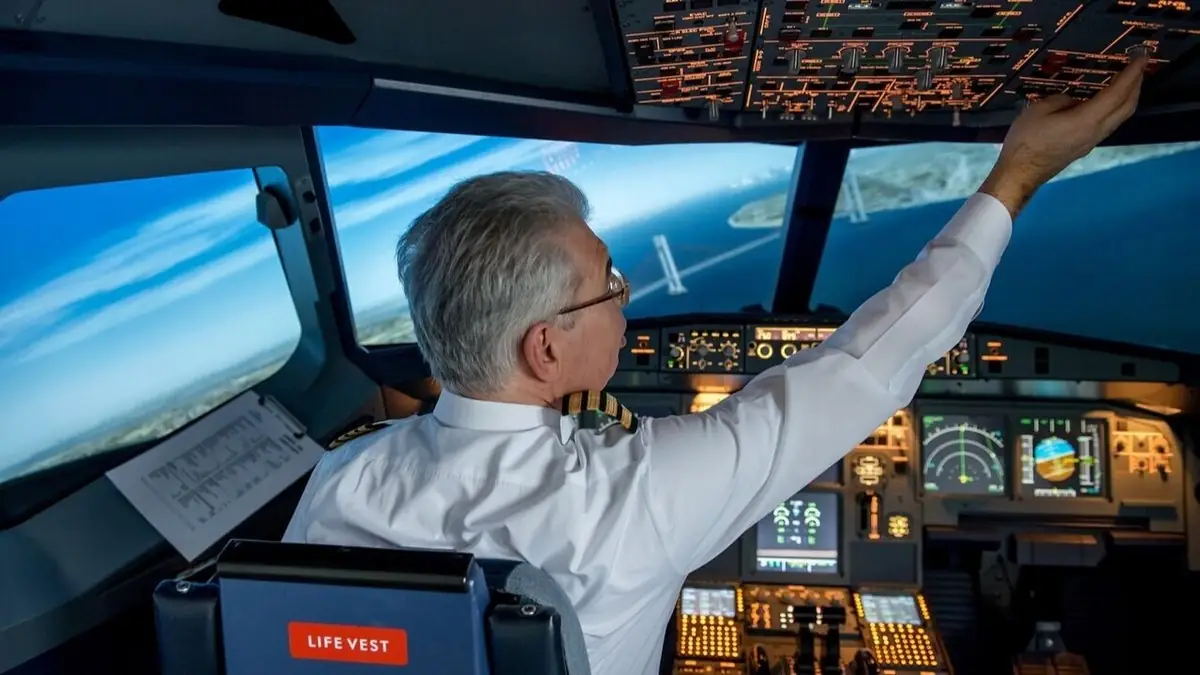The European Cockpit Association (ECA) is raising alarms about plans to automate commercial flights. Aircraft manufacturers are pushing for software to support a new model with a single pilot. Known as Extended Minimum Crew Operations (eMCO), this concept involves removing one pilot from the flight deck during the aircraft’s operation. Automation technology would take over the supporting role, allowing the second pilot to rest while the remaining pilot stays at the controls.
The European Union Aviation Safety Agency (EASA) is currently evaluating the proposals. If the regulator approves eMCO, commercial aircraft will no longer require two pilots in the cockpit. Airbus is enthusiastically supporting this move. According to the French aviation giant, the changes could reduce crew fatigue and improve efficiency. Transitioning to single-pilot cockpits would also lower staffing costs. Additionally, this move is positioned as a step towards fully autonomous aircraft.

Pilots have criticized the plan. The ECA describes it as a “profit-driven scheme” with “significant safety risks.” Captain Otyan de Bruyn, the union president, stated that this is the first instance where EASA has initiated a regulatory process without intending to address safety concerns.
“Safety on every flight starts with two well-trained, rested, and professional pilots at the controls,” de Bruyn said in an interview with TNW. “Removing one pilot with the current level of technology is a very dangerous gamble with safety.”
This level of technology is a primary focus. Airbus and the French company Dassault are leading the push for single-pilot operations. Neither company has confirmed the automation technologies they will use, but Airbus has at least shared its strategy. The company is developing eMCO for the A350 airliner, with no other aircraft deemed suitable for this “evolution.”
Automation functions might come from existing software. One tool suggested as a starting point is the Automatic Emergency Descent (AED) system. The crew can activate AED if cabin pressure drops below a set threshold or if a pilot loses consciousness. The system then initiates an emergency descent. By monitoring the pilot with a camera, the tool can automatically activate if problems arise.
Several other systems are also being tested. One can automatically shut down the engine in the event of a fire, while another enables voice communication with air traffic controllers. Airbus has promised to demonstrate that these tools enhance safety before they are implemented. However, this has not lessened the pilots’ concerns.

The ECA claims that regulators are rushing to implement this technology by 2027. De Bruyn wants them to slow down. To illustrate the risks, he points to the Boeing 737 MAX. The aircraft was grounded in 2019 after two fatal crashes, both attributed to faulty software. Since then, the airliner has returned to service, but new incidents have occurred. In January, a Boeing 737 MAX 9 lost part of its fuselage during flight, forcing the pilots to make an emergency landing. A series of controversies has alarmed passengers, with even former Boeing managers refusing to fly on the 737 MAX. Single-pilot aircraft also raise concerns.
According to a 2023 survey, 89% of Australians would feel less safe boarding a plane with just one pilot at the controls. Around 83% of respondents said they would be more hesitant when booking a ticket. However, automation does not face outright rejection. A survey conducted last year showed that 60% of French citizens believe current systems provide the necessary level of safety for aircraft.
Source: Thenextweb








